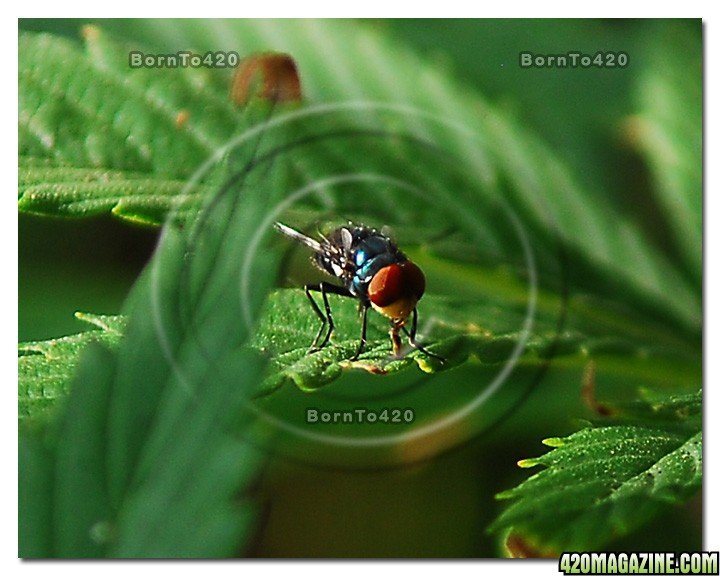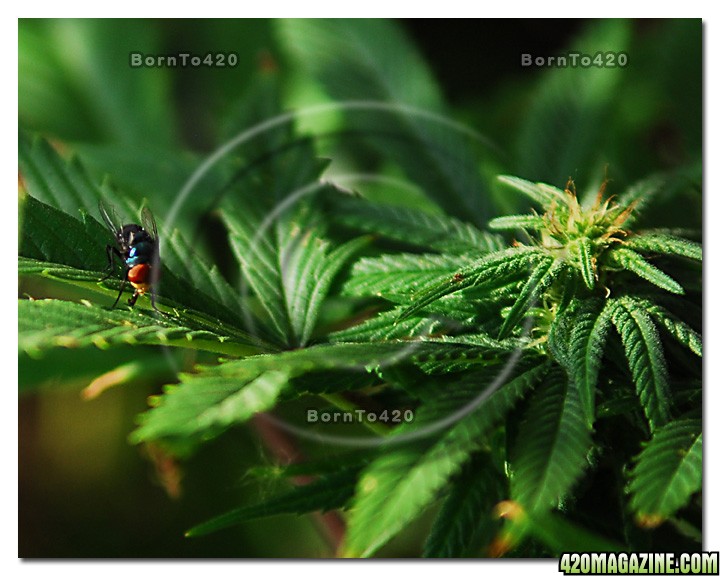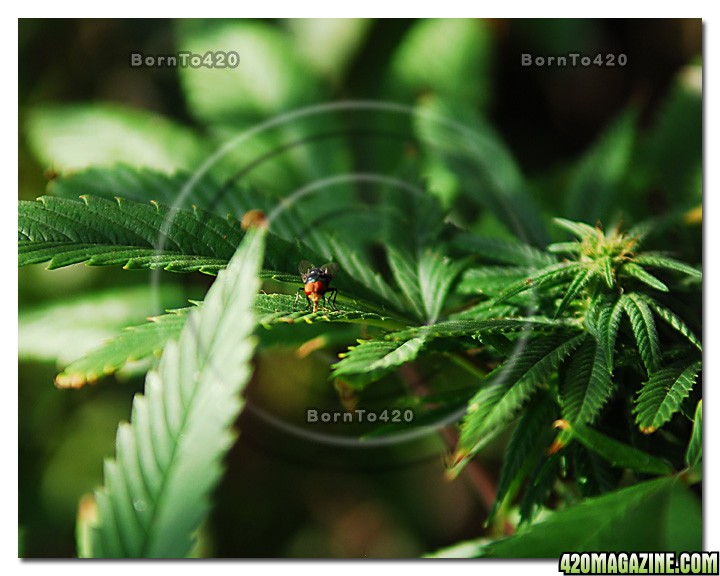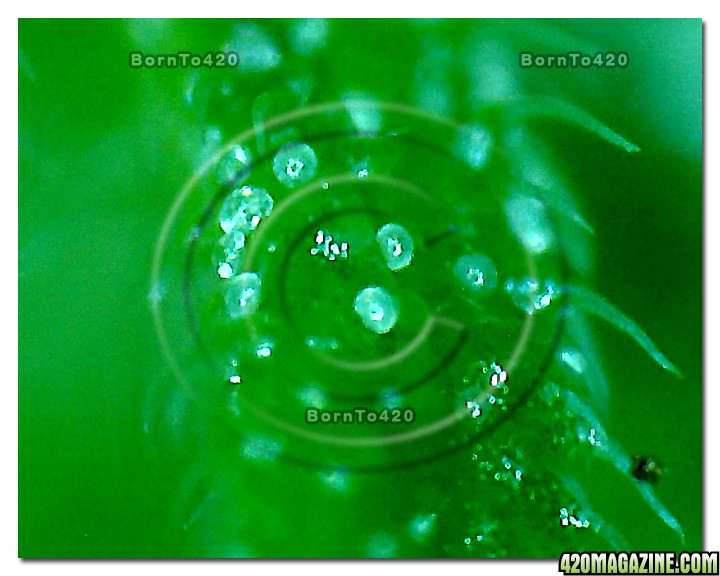BornTo420
New Member
Found this FLY on my outdoor mini stealth grow. It stopped by to munch out on MY Trichomes. I just sprayed my organic pest spray for the second week late yesterday...Might have to get my 22 pellet rifle & scope out...
Any old school tricks to get them from stealing my DELTA 9?



Any old school tricks to get them from stealing my DELTA 9?








